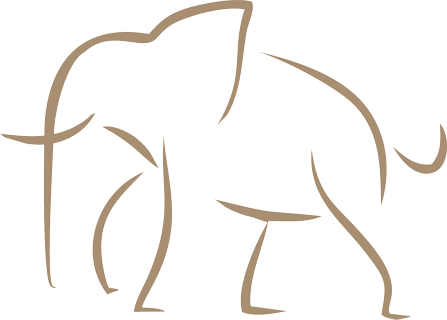The African wild dog — also sometimes called the hunting dog or African painted dog — has a colourful, patchy coat; large bat-like ears; and a bushy tail with a white tip that may serve as a flag to keep the pack in contact while hunting. No two wild dogs are marked exactly the same, making it easy to identify individuals.
Despite their canine appearance and behavior, they are not related to dogs or hyenas. Wild dogs form family groups that exist for life and live together in a very close social structure. Only the most dominant pair in the pack reproduces, and the young are raised together by the whole group. Injured pack animals are also cared for, fed and protected by everyone else. However, the chances of the pups surviving are slim, as they are very susceptible to disease and are often killed by lions.
Humans pose the greatest threat to these animals, as farmers usually shoot and poison the animals ruthlessly. Their enormous space requirement is particularly problematic, because wild dogs claim huge territories. They often come into conflict with people.
It is estimated that there are currently only 6,600 wild dogs left in the wild. The animal species is thus threatened with extinction like many other species.


